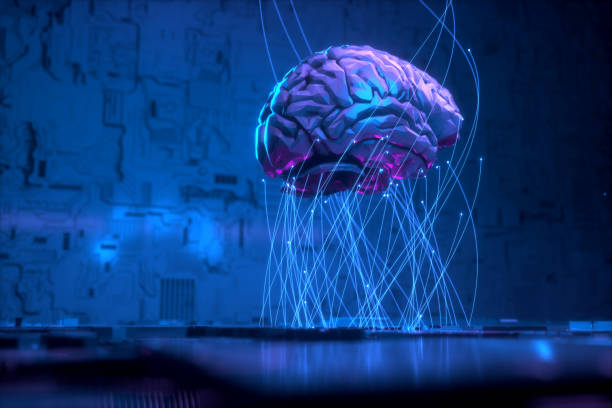The Human Brain and Neuroscience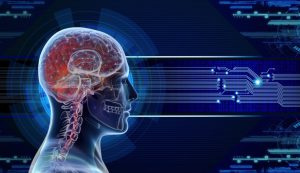
The human brain is one of the most complex and fascinating organs in the universe. It controls everything we do — from breathing and moving to thinking, feeling, and dreaming. Despite its importance, the brain remained a mystery for centuries. Today, thanks to the field of neuroscience, we’re beginning to understand how this incredible organ works and how it shapes our behavior, memories, emotions, and even our identity.
What is the Brain?
The brain is the central organ of the nervous system. It’s located inside the skull and protected by the skull bones and a layer of fluid. Though it weighs only about 3 pounds (1.4 kilograms), it contains around 86 billion neurons — the brain’s primary working cells. These neurons communicate with each other through electrical impulses and chemical signals.
The brain is divided into several parts, each responsible for different functions:
-
Cerebrum: The largest part, responsible for thinking, memory, voluntary movements, language, and sensory processing.
-
Cerebellum: Controls balance, coordination, and fine motor skills.
-
Brainstem: Manages basic life functions like breathing, heartbeat, and digestion.
-
Limbic System: Involved in emotions, memory, and motivation.
What is Neuroscience?
Neuroscience is the scientific study of the nervous system, especially the brain. It combines knowledge from biology, psychology, chemistry, physics, and computer science to explore how the brain and nervous system work.
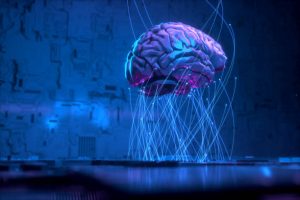
Neuroscience seeks to answer questions like:
-
How do we think and learn?
-
Why do we feel emotions?
-
What happens in the brain when we sleep?
-
What causes mental illnesses or neurological disorders?
With the help of brain imaging technologies like MRI (Magnetic Resonance Imaging) and EEG (Electroencephalogram), scientists can now observe the brain in action and learn how different parts function.
Neurons: The Brain’s Building Blocks
The brain is made up of billions of cells, but the most important are neurons. Each neuron has three main parts:
-
Dendrites: Receive signals from other neurons.
-
Cell body: Processes the signal.
-
Axon: Sends the signal to other neurons.
Neurons communicate at special junctions called synapses, where electrical impulses trigger the release of chemicals called neurotransmitters. These chemicals carry messages across the synapse to the next neuron.
Some common neurotransmitters include:
-
Dopamine: Linked to pleasure, motivation, and reward.
-
Serotonin: Affects mood, sleep, and appetite.
-
Acetylcholine: Helps with memory and learning.
-
GABA: Calms the nervous system.
How the Brain Learns and Changes
One of the most amazing things about the brain is its ability to change and adapt. This is known as neuroplasticity. When you learn something new or practice a skill, your brain forms new connections between neurons. With repetition, these connections become stronger.
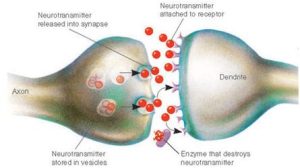
This flexibility allows people to recover from brain injuries, adapt to new environments, and improve mental functions through education, training, and experience.
In children, the brain is especially plastic, which is why early learning and experiences are so important. However, neuroplasticity continues throughout life, even in old age.
Memory and Thinking
Memory is how the brain stores and recalls information. There are different types of memory:
-
Short-term memory: Holds information for a few seconds or minutes (e.g., a phone number you just heard).
-
Long-term memory: Stores information for hours, days, or even a lifetime (e.g., your birthday or school lessons).
-
Procedural memory: Involves skills like riding a bike.
-
Declarative memory: Facts and events you can consciously recall.
Memory involves different brain regions, including the hippocampus, amygdala, and parts of the prefrontal cortex.
Thinking — or cognition — includes processes like problem-solving, decision-making, attention, and language. These complex functions are mainly handled by the frontal lobes, the part of the brain just behind your forehead.
Emotions and the Brain
Emotions are not just feelings — they’re brain processes that involve chemicals and neural circuits. The limbic system, especially the amygdala, plays a key role in emotional responses.
Neuroscience shows that emotions influence many aspects of life, including memory, decision-making, health, and social interactions. For example, strong emotions can make memories more vivid or drive people to act quickly in emergencies.
Mental health conditions like depression, anxiety, and bipolar disorder are linked to imbalances in brain chemistry and emotional regulation systems.
The Brain and the Body
The brain constantly communicates with the rest of the body through the nervous system. It sends signals through the spinal cord and nerves to control muscles and receive sensory information.
The brain also works closely with the endocrine system, which releases hormones that influence growth, metabolism, stress response, and more.
The autonomic nervous system, which works automatically, controls heartbeat, digestion, breathing, and other vital functions.
Sleep and the Brain
Sleep is essential for brain health. During sleep, the brain processes memories, clears waste, and resets emotional balance. The circadian rhythm, our internal body clock, helps regulate sleep-wake cycles.
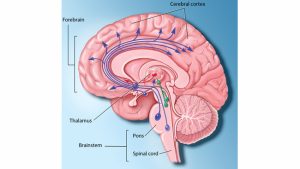
The REM (Rapid Eye Movement) stage of sleep is particularly important for dreaming, memory consolidation, and learning.
Lack of sleep can lead to trouble concentrating, memory problems, emotional instability, and poor physical health.
Brain Disorders
Unfortunately, the brain can suffer from various disorders, including:
-
Alzheimer’s disease: A progressive memory disorder affecting older adults.
-
Parkinson’s disease: A movement disorder caused by loss of dopamine-producing neurons.
-
Epilepsy: A condition with seizures caused by abnormal brain activity.
-
Stroke: Occurs when blood flow to the brain is interrupted.
-
Autism Spectrum Disorder: A developmental condition affecting communication and behavior.
-
Mental health conditions: Such as depression, schizophrenia, and anxiety disorders.
Neuroscience helps us understand these conditions and develop better treatments.
The Future of Brain Science
The future of neuroscience is bright. Scientists are using new technologies like brain-computer interfaces, AI-driven analysis, and genetic engineering to unlock the brain’s secrets.
Projects like the Human Brain Project in Europe and the BRAIN Initiative in the U.S. aim to map the brain in detail and develop treatments for neurological diseases.
We may one day cure conditions like Alzheimer’s, restore movement to paralyzed people, or even connect brains directly to machines — possibilities once thought to be science fiction.
Conclusion
The human brain is an extraordinary organ — complex, powerful, and deeply mysterious. Thanks to neuroscience, we’re learning more than ever before about how it works, how it shapes who we are, and how it can be healed or improved.
Understanding the brain helps us understand ourselves — our thoughts, dreams, emotions, and potential. As research continues, we move closer to answers that could transform medicine, technology, and even how we live and learn.
The brain is not just the control center of the body — it is the seat of the mind, the soul of our experiences, and the engine behind every human achievement. Exploring it is one of the greatest scientific adventures of our time.


